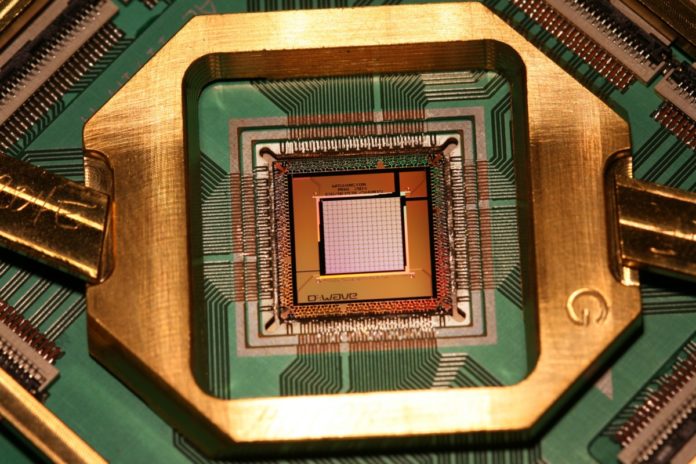Usually, Quantum mechanics fuses some extremely non-instinctive properties of matter. For instance, due to its quantum superposition property, an atom can simultaneously present in two different states with its spin axis pointed both up and down.
In quantum computing, a quantum bit or qubit encoded information of quantum computers. Each qubit can be in a superposition of these two states. Thus, scientists suggest that a quantum PC with just around one hundred of these qubits could on a fundamental level surpass the registering energy of the capable current traditional PCs.
Now, scientists at Harvard-Smithsonian Center For Astrophysics have proposed a new way to build a quantum computer using just a single atom. They found that the Light quanta (photons) can be used as information carriers and act as qubits, but to use them in a quantum computer they must interact with each other.
Generally, light does not interact with itself and so the challenge is to create correlations between them. Scientists here allowed light photons from an atom to interact with their own mirror image reflections with a very slight time delay. This delay results in the combined waveform of the photons being so complex that in principle any quantum computation can be achieved by simply measuring the emitted photons.
Scientists suggest the discovery could the proposed single atom setup is appealing. It reduces the resources needed and relies only on elements that have already been demonstrated in state-of-the-art experiments.
